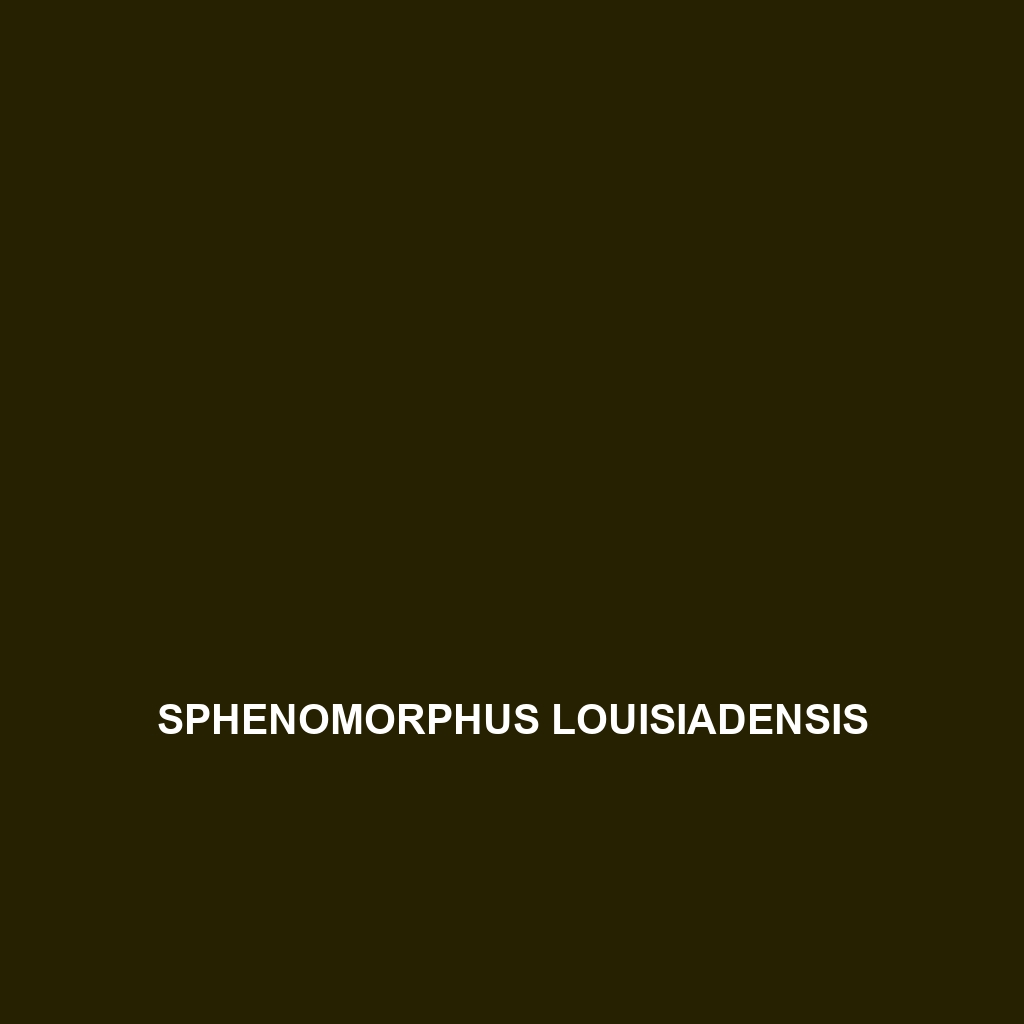Common Name
Sphenomorphus louisiadensis
Scientific Name
Sphenomorphus louisiadensis
Habitat
Sphenomorphus louisiadensis, also known as the Louisade skink, is typically found in the warm, humid regions of the Southwest Pacific, particularly in the Louisade Archipelago. These skinks thrive in a variety of habitats, including dense rainforests, lush savannas, and the edges of marine habitats. The species prefers shaded areas with ample leaf litter, where it can hide from both predators and the harsh sunlight. These environments boast moderately humid climates, essential for the skink’s moisture requirements and thermoregulation.
Physical Characteristics
The Louisade skink is a medium-sized lizard, generally measuring between 15 to 25 centimeters in length. It boasts a sleek and elongated body, typically adorned with a distinct pattern of dark brown to light beige stripes along its back. The skink’s scales are smooth and glossy, which help in reflecting sunlight and reducing desiccation. One of the most noteworthy features is its elongated limbs, equipped with sharp claws that aid in climbing and digging. Additionally, its large, expressive eyes provide excellent vision, allowing it to navigate the complex layers of its forest environment.
Behavior
Sphenomorphus louisiadensis exhibits fascinating behavioral patterns distinctive to its species. Primarily diurnal, these skinks harness the daylight for their foraging and social activities. They are known for engaging in complex social interactions, which may involve subtle body language and vocalizations during mating rituals. Interestingly, these skinks possess a degree of territoriality, often displaying aggressive behaviors towards intruders. Although they are not migratory, their activity levels can vary significantly with temperature changes, becoming less active during cooler periods.
Diet
A carnivorous species, Sphenomorphus louisiadensis predominantly feeds on small invertebrates, including insects, spiders, and worms. It employs a sit-and-wait strategy for hunting, making it an effective predator within its habitat. The skink’s diet can occasionally include fruits and plant matter, showcasing its omnivorous tendencies, particularly in times of scarcity. Its feeding behavior plays a crucial role in controlling insect populations and contributes significantly to the ecological balance within its environment.
Reproduction
The reproductive cycle of Sphenomorphus louisiadensis is characterized by a seasonal mating ritual that occurs during the warmer months, typically from November to January. After a gestation period of approximately two to three months, females give birth to live young, with litter sizes ranging from three to seven offspring. Maternal care is limited, yet mothers often choose sheltered locations for birthing to protect their young from predators. Juvenile skinks are independent shortly after birth, quickly adopting survival strategies learned from their surroundings.
Conservation Status
Currently, Sphenomorphus louisiadensis has been assessed as a species of ‘Least Concern’ according to the IUCN Red List. However, habitat destruction and climate change pose significant threats to its populations. Conservation efforts are crucial, primarily focused on safeguarding their natural habitats and promoting sustainable land-use practices in the regions they inhabit. Active monitoring and research programs are vital for understanding their ecological needs and preventing potential declines.
Interesting Facts
One of the most intriguing aspects of Sphenomorphus louisiadensis is its remarkable ability to regenerate its tail after losing it to predators—a common defense mechanism among lizards. This adaptability allows the skink to escape while leaving part of its tail behind. Additionally, studies show that these skinks exhibit a unique and diverse range of coloration based on their locality, hinting at potential undiscovered subspecies within the population.
Role in Ecosystem
Sphenomorphus louisiadensis plays a vital role in its ecosystem as both a predator and prey. As insectivores, skinks contribute to controlling local insect populations, which can benefit agricultural practices nearby. In turn, they serve as a food source for larger predators, including birds of prey and snakes, thus integrating them into the local food web. Their presence is an indicator of a healthy ecosystem, highlighting the importance of biodiversity within their natural habitats.
